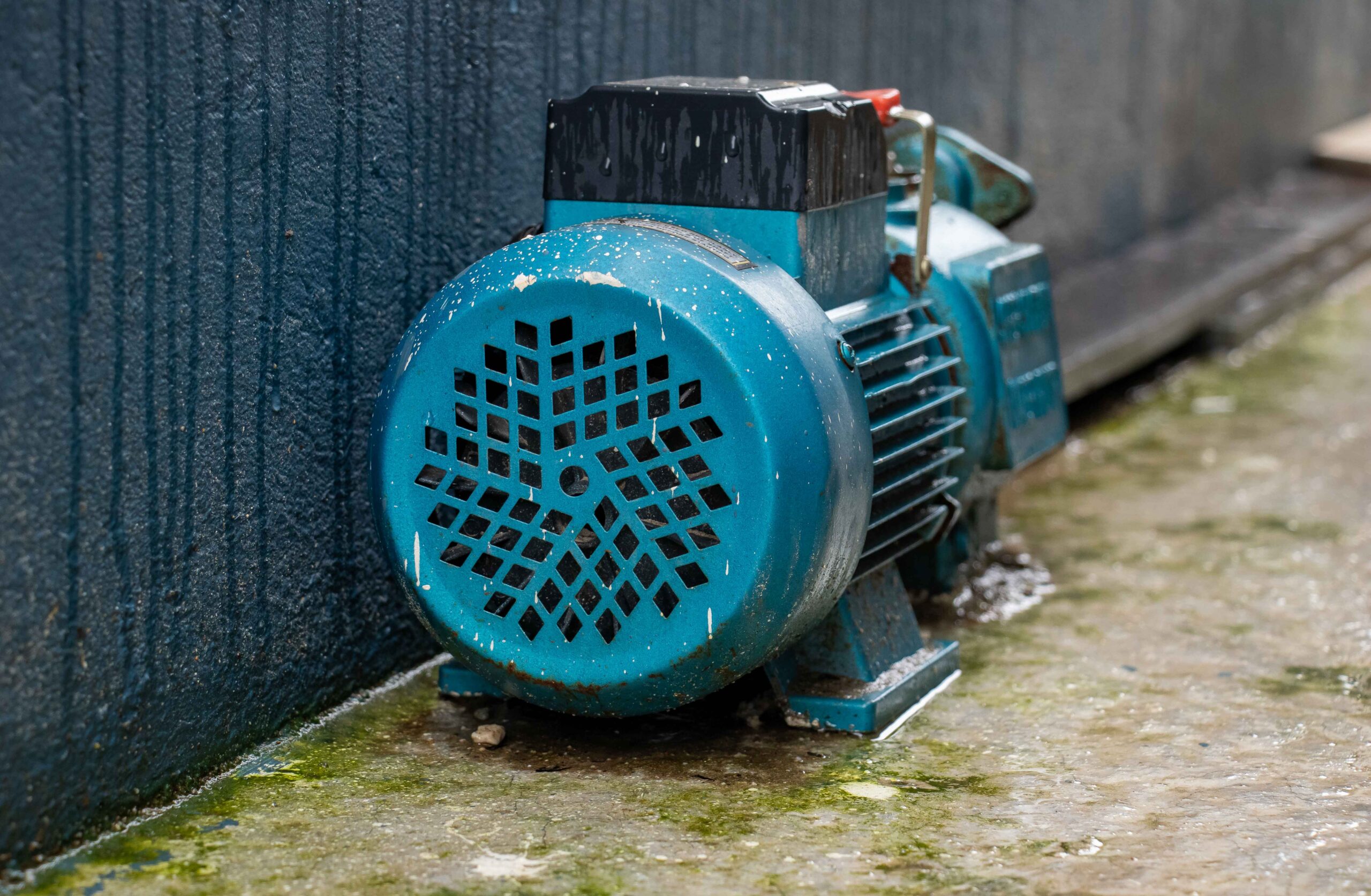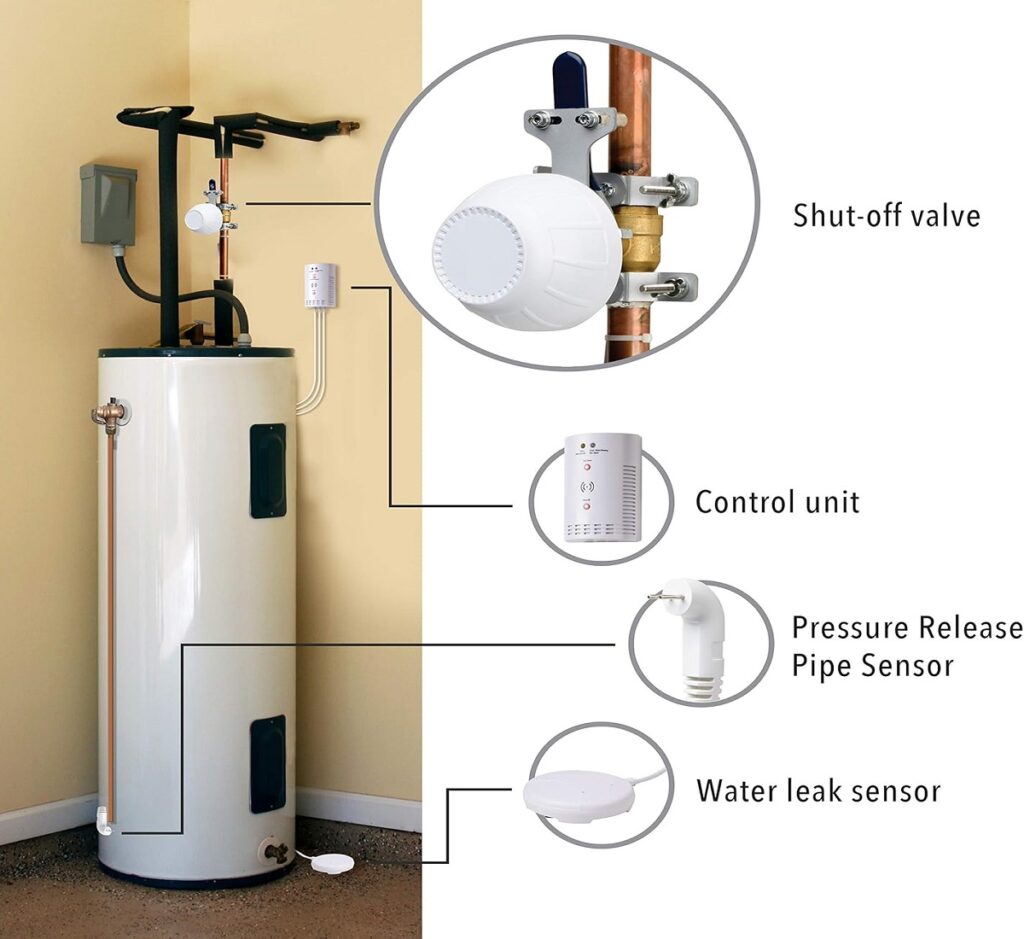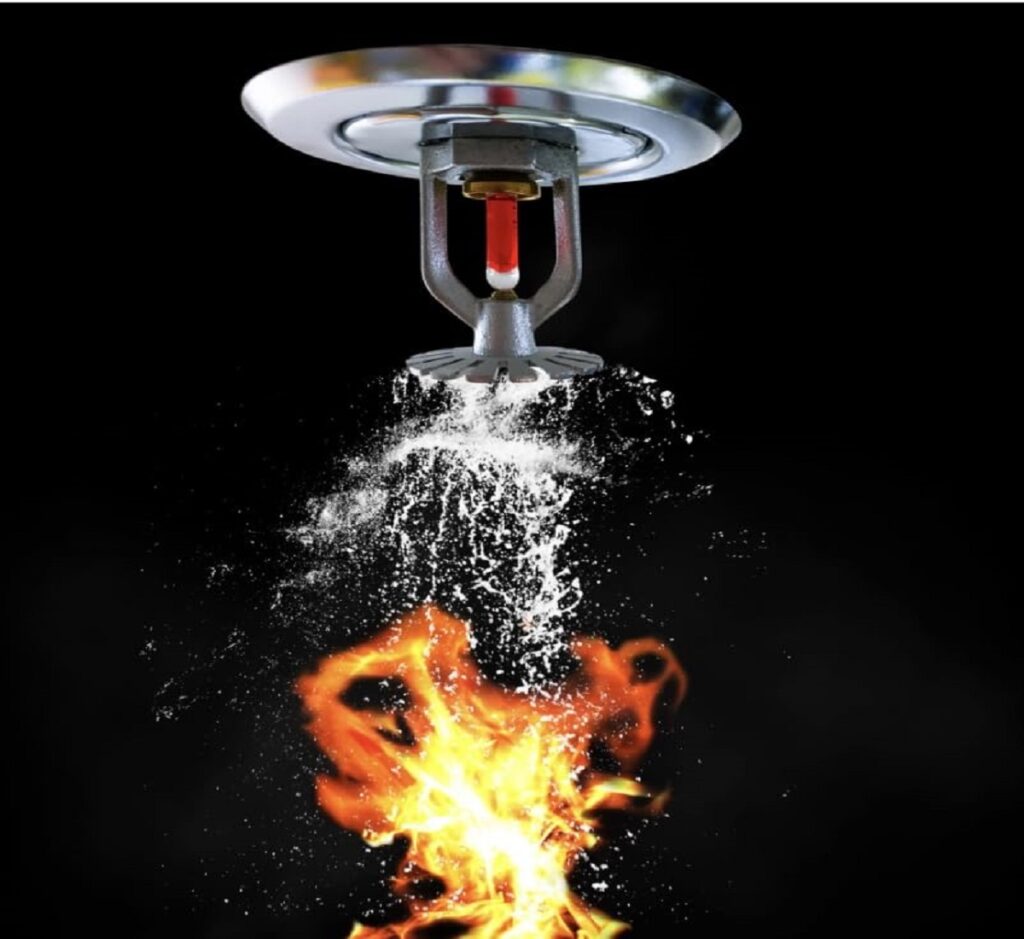Power outages don’t just leave you in the dark; they can disrupt something many people take for granted: your home’s water supply. While it’s easy to overlook, water systems rely on electricity to pump, treat, and deliver clean water. Understanding how outages interfere with this process can help homeowners prepare for short-term disruptions or longer emergencies. From pressure drops to contamination risks, these outages affect everything from drinking water to flushing toilets, making awareness and planning essential.
Electric Pumps Stop Working

Most modern homes rely on electric pumps to draw water from wells or municipal systems. When the power goes out, these pumps shut down immediately, stopping the flow of water. Without an alternate energy source, such as a generator, the water pressure drops to zero. This means sinks, showers, and toilets may stop functioning entirely. Even short outages can create inconvenience, while longer ones may require residents to find alternative sources for basic hygiene and drinking needs, emphasizing the dependency on electricity for daily water access.
Municipal Water Pressure Drops
Water in city systems is pushed through pipes using electrically powered pumps. During an outage, these pumps can fail, causing pressure to drop throughout the network. Low pressure may prevent water from reaching the upper floors of homes or cause intermittent flow in taps. In extreme cases, the pressure loss can trigger backflow, allowing contaminants to enter the system. Residents may experience slow-filling toilets or faucets that sputter air instead of water. Understanding municipal pressure vulnerabilities helps households prepare for temporary shortages.
Well Systems Are Vulnerable

Homes that rely on private wells are especially affected by outages. Electric well pumps are essential for drawing water from underground sources. If the pump fails, water is no longer accessible until power is restored. Some systems have backup generators or manual pumps, but many do not. Even short outages can create significant challenges, especially in areas with high water usage. Preparing with stored water or alternate pumping methods ensures that drinking, cooking, and cleaning needs are met when electricity is unavailable.
Hot Water Systems Shut Down

Water heaters, including tankless and storage-based models, require electricity to function. During a power outage, your hot water supply may instantly disappear. Showers, dishwashing, and laundry become challenging without a functioning heater. Even if cold water is still available from the municipal supply, the lack of heat can affect daily routines. For households in cold climates, this can pose additional risks, as lack of warm water makes it difficult to maintain hygiene and comfort. Backup heating options can mitigate this inconvenience.
Sewage and Septic Systems May Fail
Power outages can also disrupt wastewater systems. Municipal sewage pumping stations rely on electricity to move wastewater efficiently. Without power, sewage may back up, causing potential health hazards in homes or neighborhoods. Private septic systems may also struggle if pumps or aerators are electrically powered. Even a short interruption can affect the ability to flush toilets or dispose of wastewater safely. Understanding this risk emphasizes the importance of planning for water and sewage management during extended outages.
Risk of Contamination Increases
Loss of pressure during a power outage can create openings for contaminants to enter water lines. Backflow incidents or compromised treatment systems may allow bacteria, chemicals, or sediment to mix with drinking water. Municipal authorities often issue boil-water advisories after prolonged outages to reduce health risks. Homeowners should store water safely and avoid using water from taps that may be compromised. Awareness of contamination risks ensures that even brief outages do not compromise health or safety.
Appliances Depend on Water Flow
Modern appliances like washing machines, dishwashers, and ice makers rely on a steady water supply. During power outages, these devices may stop mid-cycle or fail to operate. Even when power returns, a sudden surge in demand can strain the system. Homeowners may find that laundry piles up or that dishes cannot be cleaned efficiently. Planning around outages includes recognizing which appliances are affected and having contingency plans, such as hand washing or using pre-stored water, to maintain routine tasks.
Fire Safety May Be Compromised

Some homes depend on electrically powered pumps for fire suppression systems or sprinklers. During a power outage, these pumps may fail, reducing the water pressure needed in emergencies. Even municipal fire hydrants can be affected if local water pressure drops significantly. Ensuring access to stored water, fire extinguishers, or alternative safety measures becomes crucial. Awareness of this risk highlights that water availability during outages is not only about daily convenience but also about critical safety functions in the home.
Long-Term Outages Require Planning
Extended power outages can create severe challenges for water-dependent routines. Homeowners may need to ration water for drinking, cooking, and sanitation. Stored water supplies should be rotated and replaced regularly to remain safe. Backup generators or manual pumping systems can help maintain access to well or municipal water. Proactive planning ensures that households can cope with multi-day interruptions without compromising hygiene or safety. Knowing the limits of your home’s water system helps prepare for worst-case scenarios.
Emergency Preparedness Tips
Being prepared for power outages can minimize water supply disruptions. Keep an emergency water reserve of at least one gallon per person per day. Invest in a backup generator or battery-operated pump if you rely on a well. Monitor municipal advisories for boil-water notices. Store clean containers for collecting rainwater if allowed. Understanding how outages affect water systems and taking proactive steps can reduce stress and maintain essential functions. Preparedness ensures that even when electricity fails, your household water needs remain manageable.
Comments